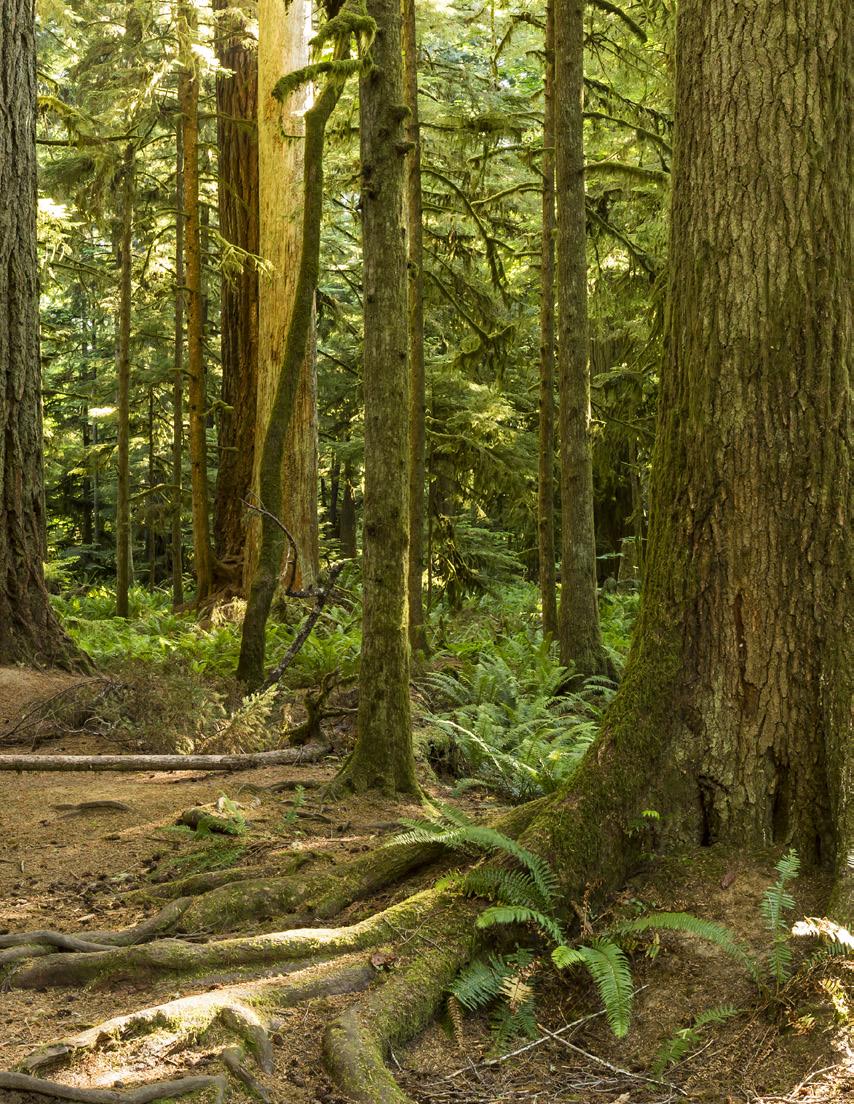
1 minute read
Bi omaterials
Wood fibre-based foamboard
This wood-based foam is high-quality, safe to touch and biodegradable. It is used in building insulation to replace traditional polyurethane foam or glass fibre mats, as well as for packaging cushioning or as hydroponic foam for agriculture.
Advertisement
Cellulose-based transparent film
Cellulose-based transparent film is a biodegradable and ecofriendly alternative product with the strength, flexibility and transparency similar to or even better than some petroleumbased plastic films.
Cellulose-based superelastic aerogel
This superelastic, thermal-insulating and lightweight cellulose aerogel, made with proprietary technology, avoids the ethical and environmental drawbacks of the down and synthetic down filling found in such things as jackets, sleeping bags and duvets.
Cellulose-based ionic conductive hydrogel
Ionic conductive hydrogel made from cellulose scaffolding features high ionic conductivity, low-temperature tolerance, high mechanical performance and biodegradability that could be used in wearable electronics, artificial skin, sport sensors and electrodes for health monitoring.
Cellulose-based 3D printed material
3D-printed cellulose can be used for high-performance structural components – such as lightweight vehicles, housing and packaging materials – that can support over 15,000 times their own weight.
These leading-edge products made of cellulose and other wood-derived biomaterials could one day be on a store shelf near you.
Rhinoceros poaching is an ongoing scourge propelled by global demand for the ungulate’s prized horns. Each year, the horns of hundreds of rhinos – mostly located in South Africa – are sold as trophies or for traditional medicinal purposes.
An Hoang learned of the illegal rhino horn trade while in grade school in her home country of Vietnam. The thought that poaching could push some species of rhino to extinction cut her to the core. An won an essay writing competition, held by Wilderness Foundation Africa, to visit the Hluhluwe-iMfolozi Nature Reserve in South Africa and learn more about the issue. This experience ultimately steered her in the direction of studying conservation.
Now in her fourth year towards a Bachelor of Science in Natural Resources Conservation (NRC) at UBC Forestry, An has already added several other academic achievements to her list. These include being awarded the prestigious HSBC Emerging Leader Scholarship award, as well as receiving a Wesbrook Scholar Designation, Karen McKellin International Leader of Tomorrow Award and Faculty of Forestry International Student Scholarship. Over the summer of 2022, An pursued her advocacy work to help protect rhinos from illegal poaching as a Wild Rhino Representative with Wilderness Foundation Africa in Vietnam.
What interested you in forestry?
I initially wanted to study psychology, but after I got sponsored to visit South Africa in 2017, my whole life changed. My passion for conservation only grew stronger when I found UBC Forestry’s NRC program.









